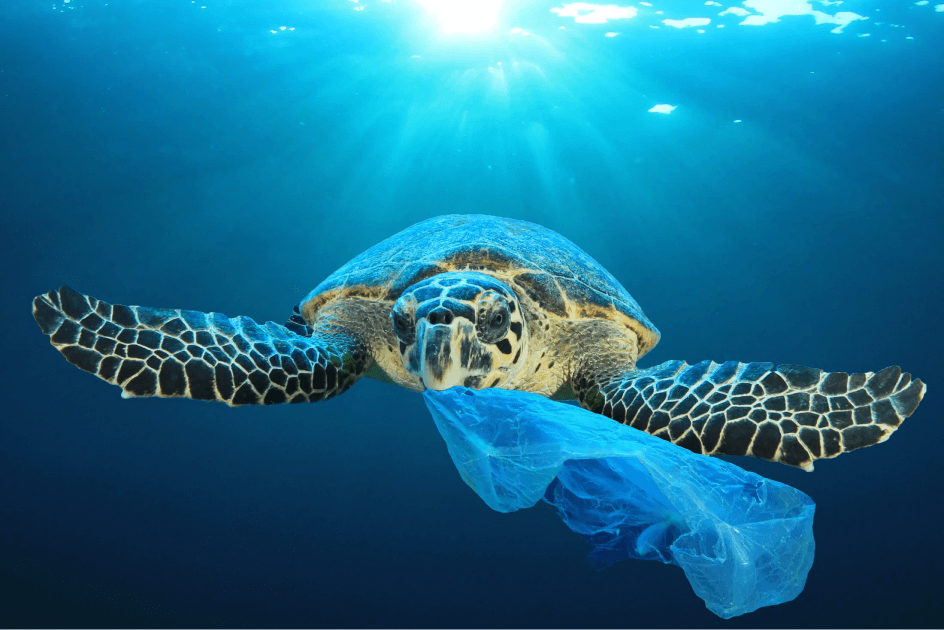
Why Clean Energy is Inevitable II

Richard Black
In this video, Richard unpacks the unstoppable momentum behind the global clean energy transition, revealing how plummeting costs and massive investment shifts are rapidly sidelining fossil fuels. He dives into real-world evidence showing renewables outcompeting coal, oil, and gas. He also explores the wide-ranging benefits of clean energy, including economic growth, energy independence, public health, and global stability.
In this video, Richard unpacks the unstoppable momentum behind the global clean energy transition, revealing how plummeting costs and massive investment shifts are rapidly sidelining fossil fuels. He dives into real-world evidence showing renewables outcompeting coal, oil, and gas. He also explores the wide-ranging benefits of clean energy, including economic growth, energy independence, public health, and global stability.
Subscribe to watch
Access this and all of the content on our platform by signing up for a 7-day free trial.

Why Clean Energy is Inevitable II
12 mins 39 secs
Key learning objectives:
Understand how falling costs and investment trends are accelerating the transition to clean energy
Identify the economic, social, and geopolitical benefits of the clean energy transition
Outline the role of government policies in determining the speed of the energy transition
Overview:
Subscribe to watch
Access this and all of the content on our platform by signing up for a 7-day free trial.
Subscribe to watch
Access this and all of the content on our platform by signing up for a 7-day free trial.

Richard Black
There are no available Videos from "Richard Black"





























